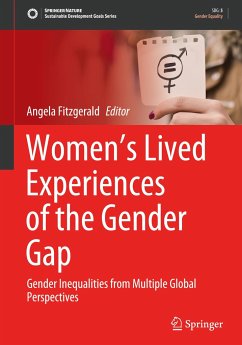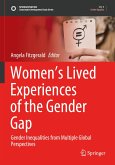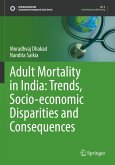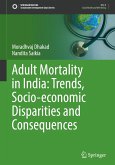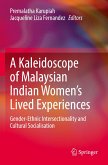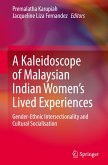This book explores gender inequity and the gender gap from a range of perspectives including historical, motherhood, professional life and diversity. Using a narrative approach, the book shares diverse experiences and perspectives of the gender gap and the pervasive impact it has. Through authors' in-depth insights and critical analysis, each chapter addresses the gender gap by providing a nuanced understanding of the impact of the particular lens. It shares a holistic understanding of lived experiences of gender inequity.
The book offers interdisciplinary insights into current political, social, economic and cultural impacts on women and their lived experiences of inequity. It provides multiple voices from across the world and draws on narrative approaches to sharing evidence-based insights. It includes further insights and critique of each chapter to widen the perspectives shared as the gender gap is explored and provide rigorous discussion about what possibilitiesand challenges are inherent in the proposed solutions as well as offering new ones.
Chapter 10 and chapter 11 are available open access under a Creative Commons Attribution 4.0 International License via link.springer.com.
The book offers interdisciplinary insights into current political, social, economic and cultural impacts on women and their lived experiences of inequity. It provides multiple voices from across the world and draws on narrative approaches to sharing evidence-based insights. It includes further insights and critique of each chapter to widen the perspectives shared as the gender gap is explored and provide rigorous discussion about what possibilitiesand challenges are inherent in the proposed solutions as well as offering new ones.
Chapter 10 and chapter 11 are available open access under a Creative Commons Attribution 4.0 International License via link.springer.com.

